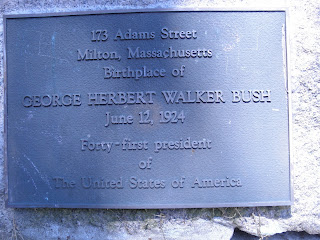I have infiltrated the ranks of the 1%, and so far my report is that being in the 1% is awesome.
As readers of this blog know by now, my family isn't big into flight. We drive basically everywhere. When we do fly, it's always in economy class and no checked bags. While I don't hate air travel, being violated by the TSA is not high on my list of things I like to do.
But thanks to my soon-to-be canonized father and his stockpile of frequent flyer miles, I am about to do something I have never done before: fly First Class.
Already I can tell flying First Class is amazing. I got a free checked bag! The airline people are not horrifically rude to me! I get to go ahead in lines (when I remember I can use the preferred ones)! They didn't care that I wore my sunglasses into the creepy voyeuristic X-ray machine (that one actually concerns me a bit)!
I expected flying First Class to be nicer, since it's so much more expensive. What I didn't expect was to feel like something of an impostor. I am not the kind of person who flies First Class. I'm the person who sits in economy, usually sandwiched between a chatty businessman and a gassy Australian (true story). It's going to be hard to go back.
I have come to an important conclusion: I need to get rich so this can become a more regular experience.
As readers of this blog know by now, my family isn't big into flight. We drive basically everywhere. When we do fly, it's always in economy class and no checked bags. While I don't hate air travel, being violated by the TSA is not high on my list of things I like to do.
But thanks to my soon-to-be canonized father and his stockpile of frequent flyer miles, I am about to do something I have never done before: fly First Class.
Already I can tell flying First Class is amazing. I got a free checked bag! The airline people are not horrifically rude to me! I get to go ahead in lines (when I remember I can use the preferred ones)! They didn't care that I wore my sunglasses into the creepy voyeuristic X-ray machine (that one actually concerns me a bit)!
I expected flying First Class to be nicer, since it's so much more expensive. What I didn't expect was to feel like something of an impostor. I am not the kind of person who flies First Class. I'm the person who sits in economy, usually sandwiched between a chatty businessman and a gassy Australian (true story). It's going to be hard to go back.
I have come to an important conclusion: I need to get rich so this can become a more regular experience.


















































